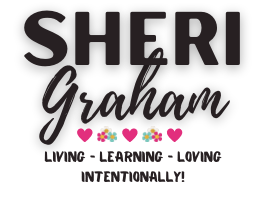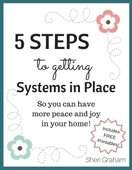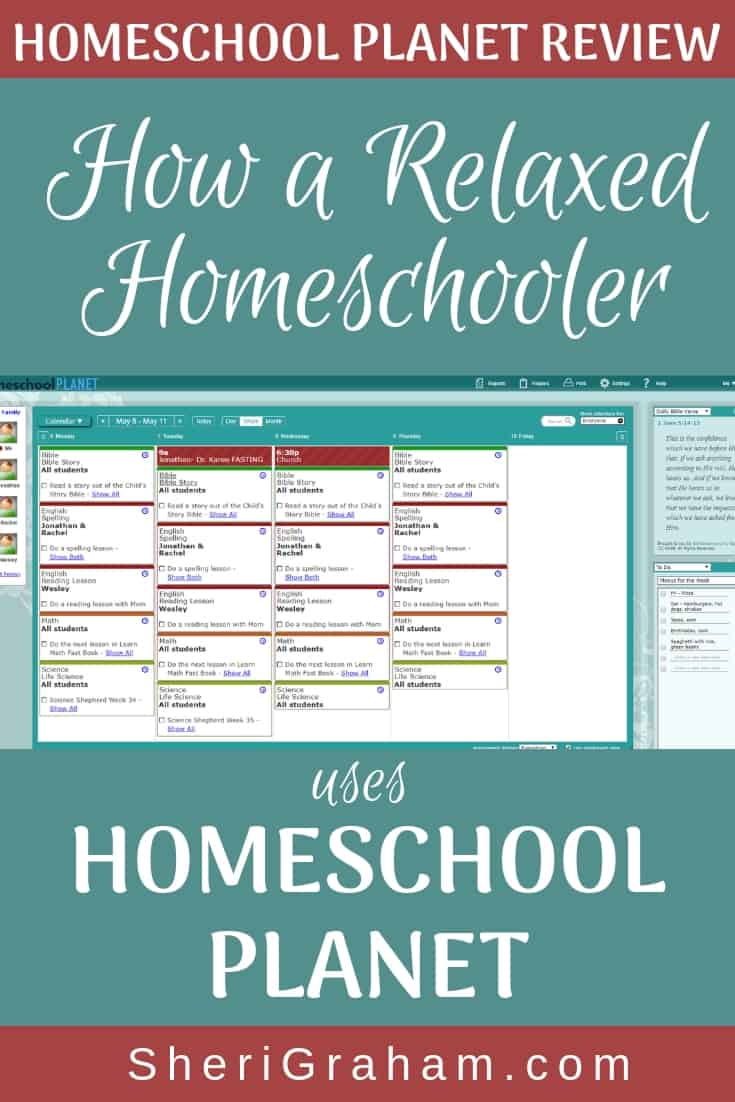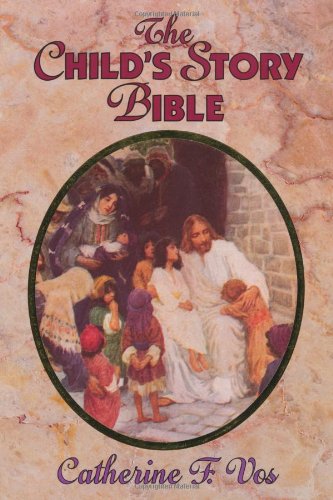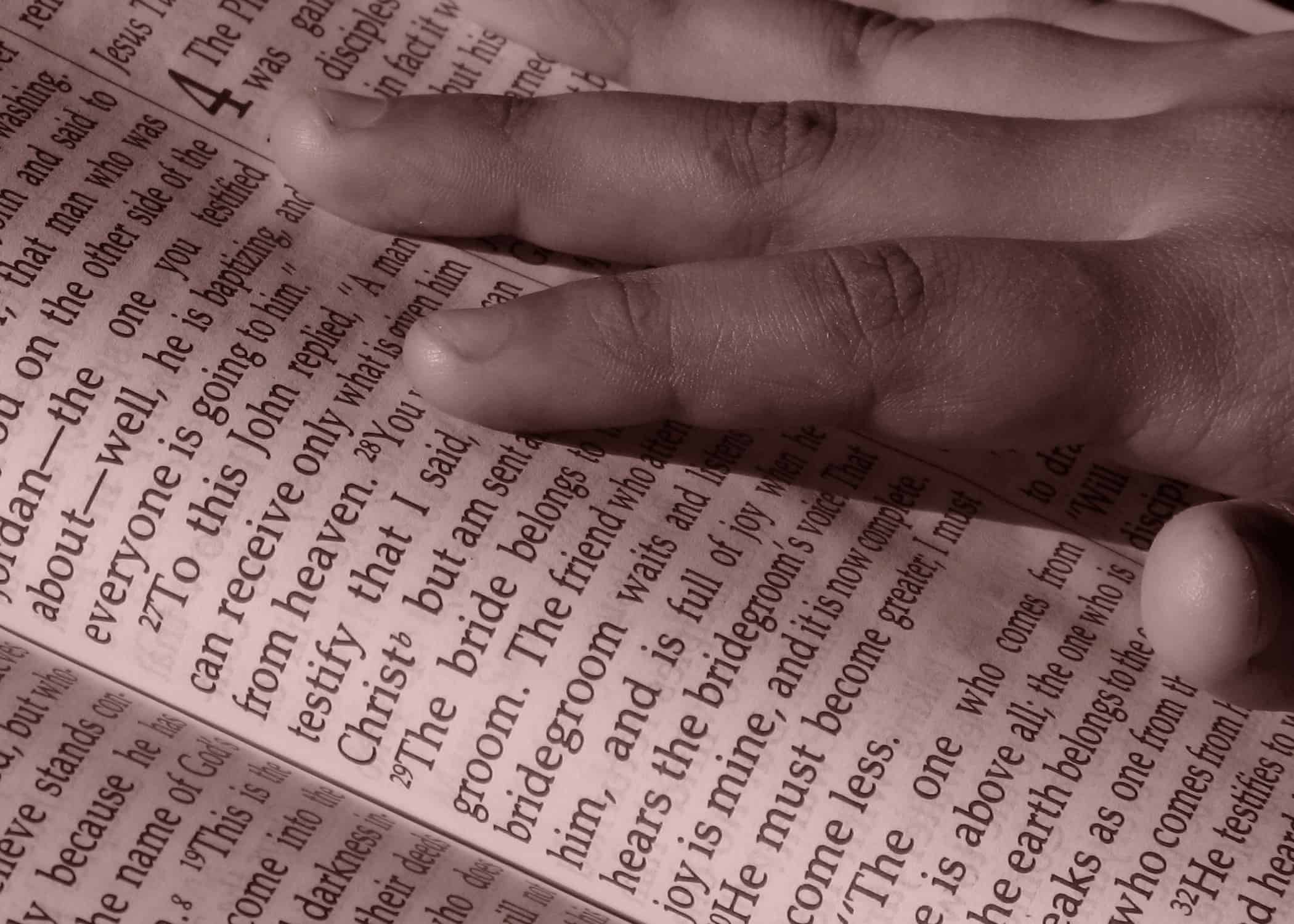5 Ways to use your Kindle to help your beginning reader!
Post may contain affiliate links. As an Amazon Associate I earn from qualifying purchases.
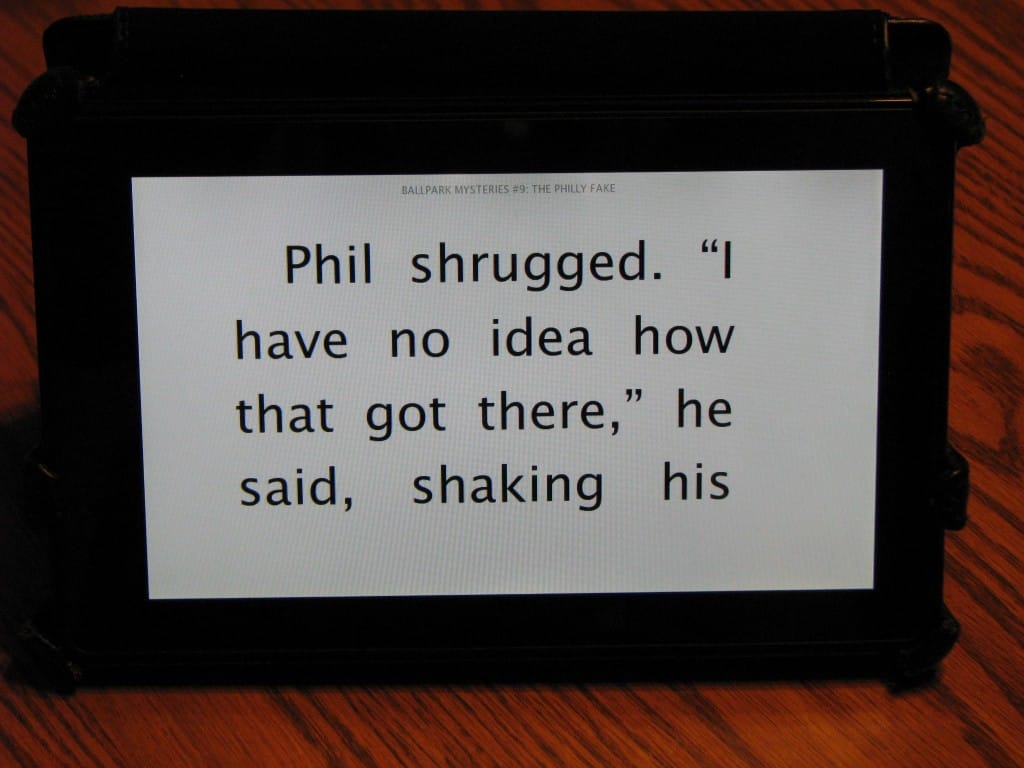
Today I want to share a little tip that I have been using in our homeschool over this past year. I have a child who has really struggled with reading. It isn’t that he can’t read, but he has had issues with his eyes not tracking together and becoming easily distracted. Last year we went through some eye and body exercises that really helped him and he began to make some good progress. However, he still was struggling with being overwhelmed with too many words on a page, and the fonts being too small. It was like if there was too much on the page, his eyes got distracted and he just couldn’t focus.
Then one day I had the brilliant idea of getting some easy chapter books on one of our Kindles, increasing the font size (so there were not very many words on a page) and see if that helped him. Bingo! He went from only being able to read a couple sentences at a time to reading almost a whole chapter!
While I would prefer that he reads actual books, I am willing to use the Kindle for this in-between time as he increases his reading skills.
Do you have a child that is struggling with his reading? You may want to consider using a Kindle to help!
5 Ways to Use Your Kindle to Help Your Beginning Reader
1. You can increase the font size. The first thing you can try to help your beginning reader, is increase the font size. This not only makes it a little easier to read, but it also helps to reduce the number of words on a page.
2. You can reduce the number of words on a page. Increasing the font size reduces the number of words on a page. Another thing you can do is to make the margins bigger. I think most Kindles have those options to widen the margins. This forces there to be less words on a page as well. Less words = less distraction!
3. Your beginning reader feels accomplishment as he reads one page after another. When my son first started reading on the Kindle, it really helped him to feel like he was accomplishing something when he flipped to the next page. Before when he was trying to read a regular book, he would get discouraged because he would feel like he read and read and still didn’t turn the page. There is just something about turning to the next page that helps him feel he is getting somewhere with his reading. Not only does it help him focus better because he isn’t distracted by all the words on the page, but it actually helps him read faster too!
4. He won’t get discouraged because he can enjoy the book without being overwhelmed with how many pages the book has. A struggling reader can be easily overwhelmed and discouraged when he feels like he isn’t getting anywhere in the book or that it is taking forever to read it. When they read a book on the Kindle, they can’t really see how big the book is or how far they have to go to the end. I know it does show a percentage done and a bar at the bottom showing the progress, but my son really only gets encouraged by that.
5. Increase their love of reading by eliminating the frustrations. My overall goal is really to instill a love of reading in my children. You all know how much I love to read, and I really want to pass that on down to my kids. Not all children will struggle like this and many won’t need this extra help to get reading. But if you do have a child that struggles, the last thing we want to do is push, push, push, and squelch their love of learning and love of reading. If using the Kindle helps them get going and eliminates some of that frustration, then I am all for it. Of course I am working to get my son onto reading actual books, but that will come. Right now our focus is on increasing his reading skills and his love of reading.
I’m sure you can find many neat easy readers on Kindle if you look. My son has been enjoying the Ballpark Mysteries. But don’t limit yourself to easy readers! Challenge your child a little by getting older books on Kindle. He won’t even realize he is reading “older” books because the font will be large, etc. As your child gets more reading practice, you can slowly decrease the font size and get him used to reading smaller print with more words on a page. Before you know it, he will be ready to transition over to real books!
